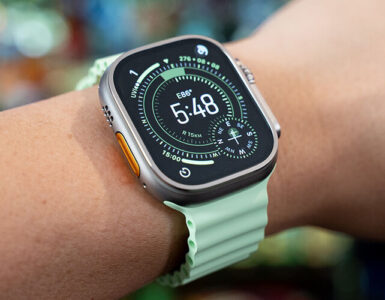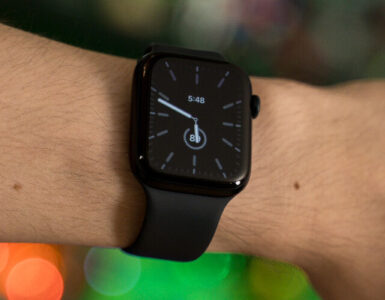Whereas flagship devices often get an upgrade over its lower-end sibling, packed with better processing power and speed, Google has built a tradition around outfitting both with the same chipset. The tech giant’s Pixel A-series phones doesn’t cut corners, despite being a more affordable alternative to the mainline Pixel flagship, and instead seeks to offer value-for-money performance.

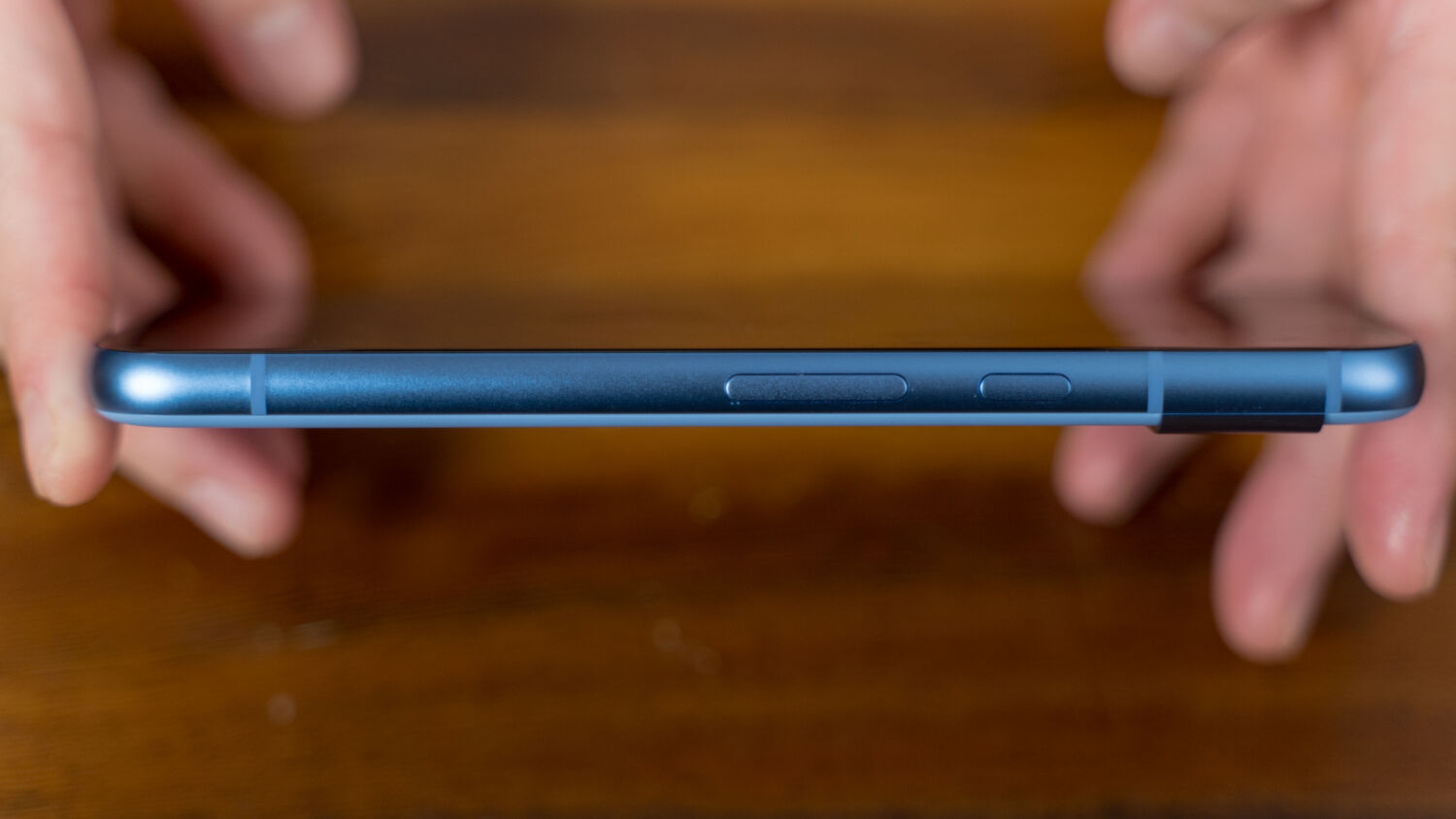
The trend continues to live on in the Google Pixel 8a. Inheriting the design language of its predecessor, the latest member sports an identical metallic strip and a rounded two-lens camera module on the rear. All of the elements that one would expect from the Pixel range make a return here, from the subtle ‘G’ logo and right-side-aligned volume rocker and power button, to the overall lack of bells and whistles.
Stepping away from the industry norm of using a glass back, its matte surface is a much welcome change. Fingerprints are no longer a concern, and users can enjoy a better grip on the device. For those who want a little more protection, a case is included in the box, but strangely enough, it feels more slippery than the phone itself.

Though imperceptible, the Pixel 8a shaves off a little bulk and size. It weighs 188 grams and measures 152.1 x 72.7 x 8.9mm – down from 193 grams and 152.4 x 72.9 x 9mm on the Pixel 7a, and 150.5 x 70.8 x 8.9 mm and 187g on last year’s Pixel 8 – making it a nice, comfortable fit in one’s hand, especially for individuals with smaller hands. The device is also solid to the touch, coming in four new colourways: Obsidian, Porcelain, Bay, and Aloe.
The flat-edged, notch-free OLED display, in similar fashion, brings a slightly different stroke to returning traits. Compared to the Pixel 8, it’s slightly smaller, at 6.1-inches versus the 6.2-inch, but still offers the difference is barely noticeable. Screen resolution is now 2,400 x 1,080, with the same 120 Hz refresh rate, which puts the Pixel 8a on the same playing field as most flagship offerings from other Android smartphone brands. This visual boost translates into smoother, sharper on-screen images and reduced motion blur – in addition to rich colours, deep blacks, and great viewing angles – such that fight sequences, car chases, and other forms of fast-paced content makes for an enjoyable watch.
It doesn’t hold up quite as well in outdoor settings, though. While the phone touts a peak brightness level of 2,000 nits, cranking up the brightness bar to the max still results in a fairly dim display under direct sunlight, which for users living in tropical countries like Singapore, can be a source of interference. The audio could be louder, too, with loudspeaker levels sounding softer than usual and often overpowering background music or instrumentals.
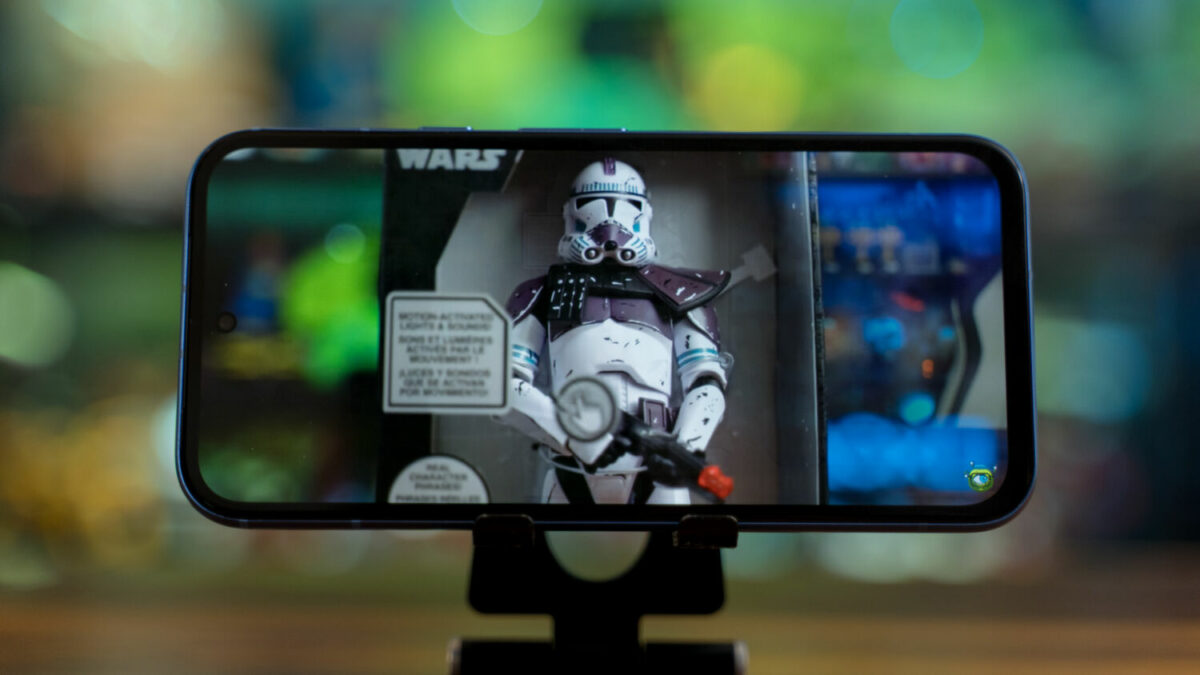
With the latest Google Tensor G3 chip as its main driving force, the Pixel 8a is home to various improved hardware capabilities and AI-powered features. It offers satisfactory day-to-day performance, proving capable of handling common tasks like playing videos, web browsing, and posting on social media platforms at the same time. Menu navigation and app-switching now feels more fluid, even if there’s a tendency for the apps to lag or freeze before launching.
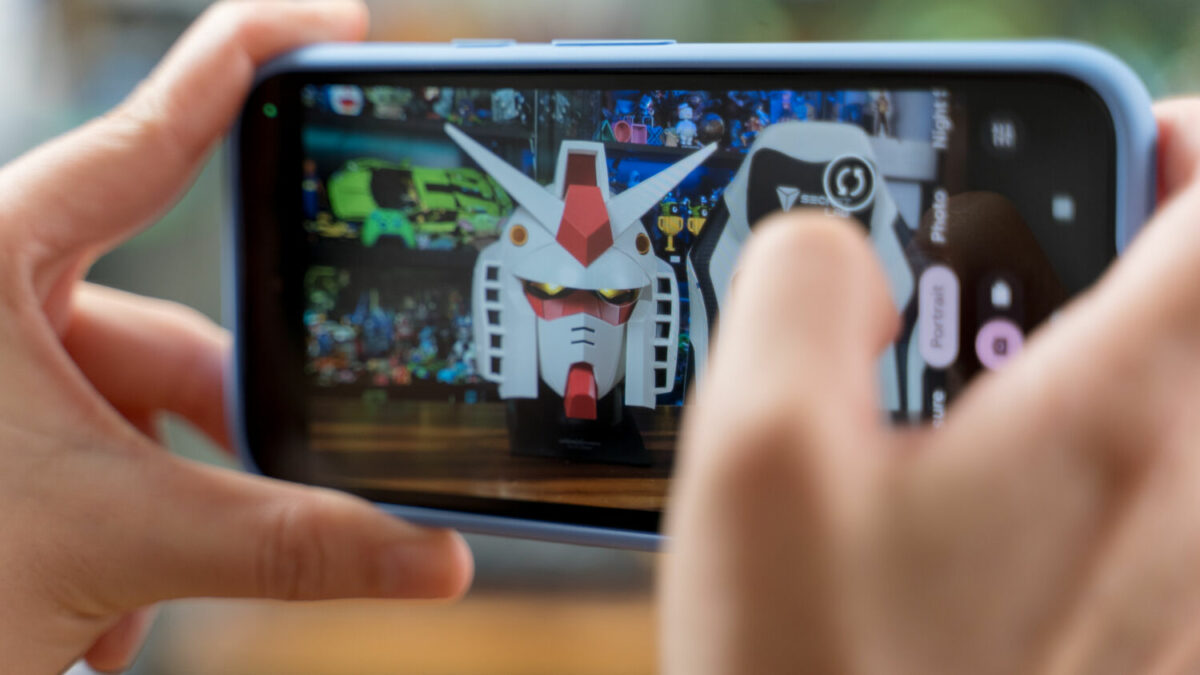
The handset is no slouch at gaming, either. Despite slow loading times, popular open-world gacha title Genshin Impact clocked a smooth, consistent gameplay experience with hardly any frame rate drops. Performance on Honkai: Star Rail, another HoYoverse adventure, is a little unstable with a slight delay when transitioning from pre-combat to battle animation, but runs relatively smoothly otherwise.
Photography, meanwhile, remains one of its biggest draws. Users will be hard-pressed to find a similarly-refined rear camera system in this price bracket, taking the form of a 64-megapixel (MP) main camera, and a 13MP ultrawide – the same as its Pixel 7a predecessor. For some reason, the A-series Pixel smartphones have better cameras than the main Pixel series. There’s little to fault about it, even considering the noticeably slower default shutter speed, as landscape images look more-than-decent in natural lighting.

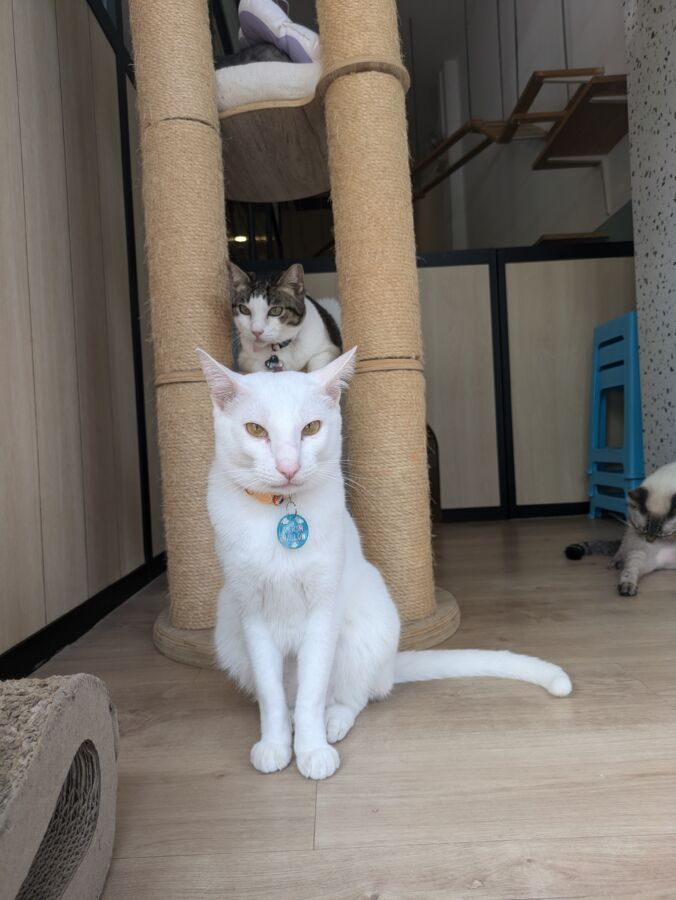




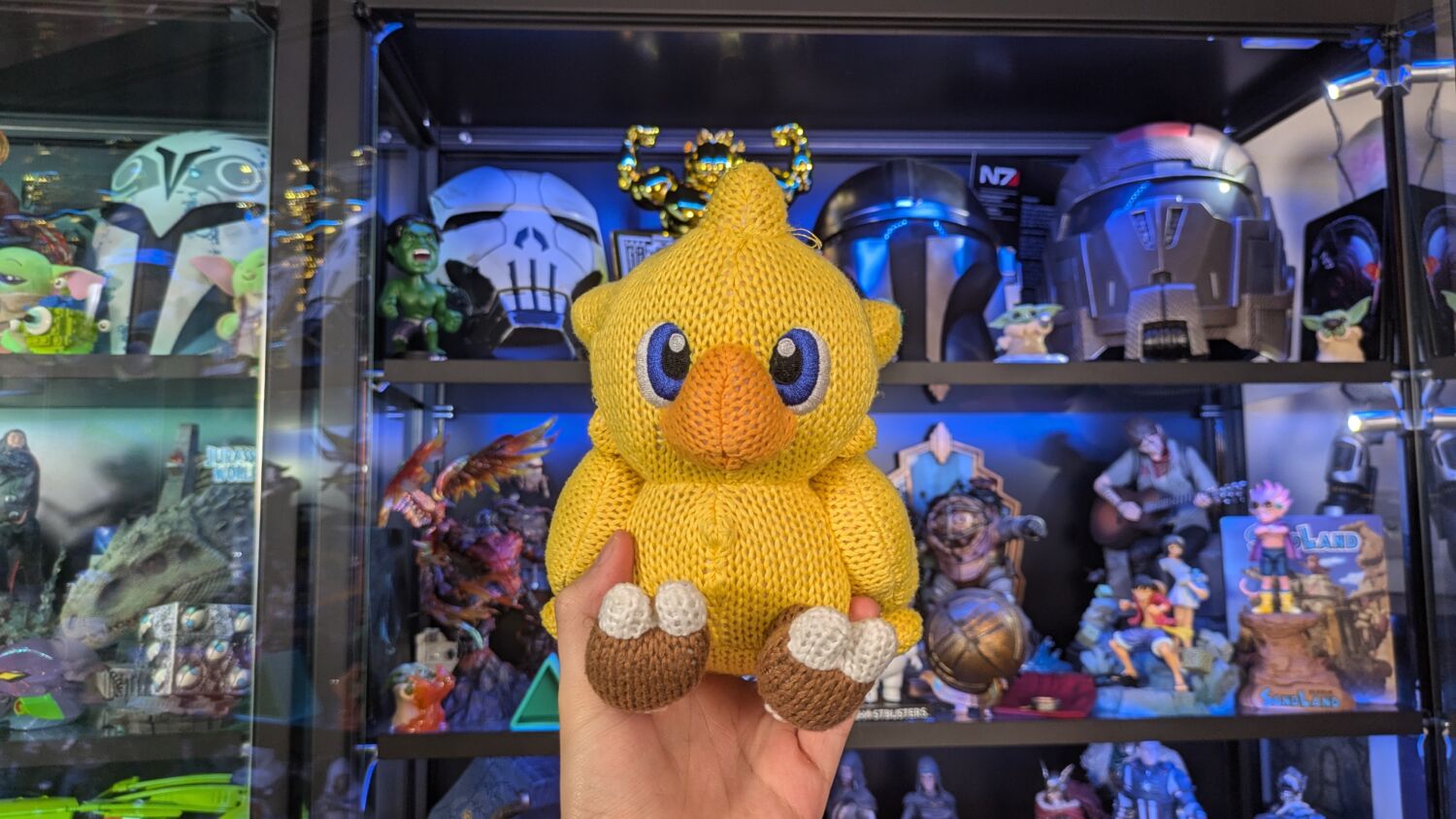



The retention of detail and natural colours also enhances overall visual quality as well, with close-up shots appearing crisp and lively. Also included is Super Res Zoom up to 8x, but the lack of the flagship-exclusive 2x Optical Quality zoom means a loss in sharpness when magnified. More notably, the Pixel 8a works best out in the open, faltering in low-light and night scenes, particularly with light flares. The 13MP-equipped front camera rounds out the camera array, working well as intended.
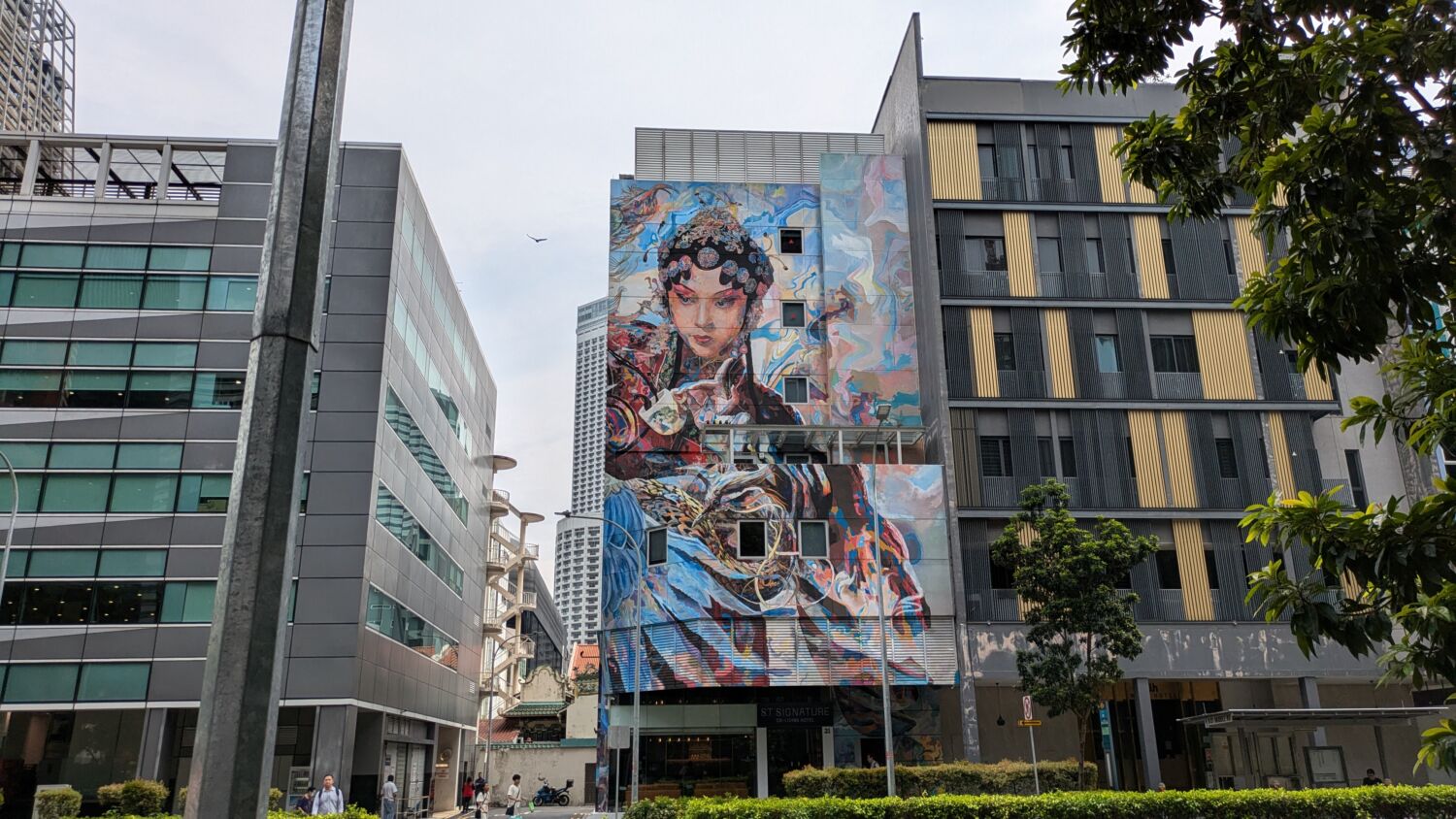



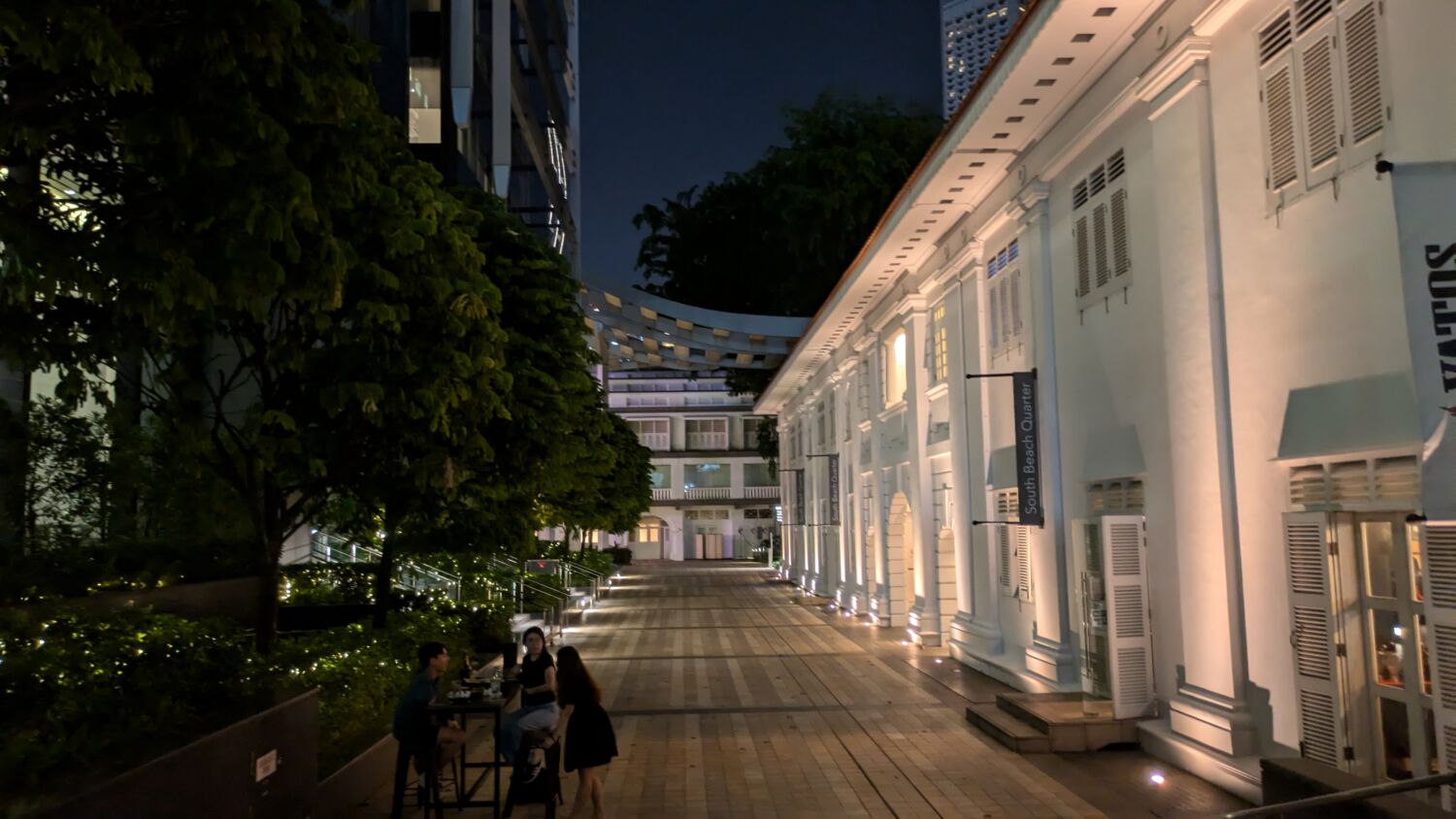
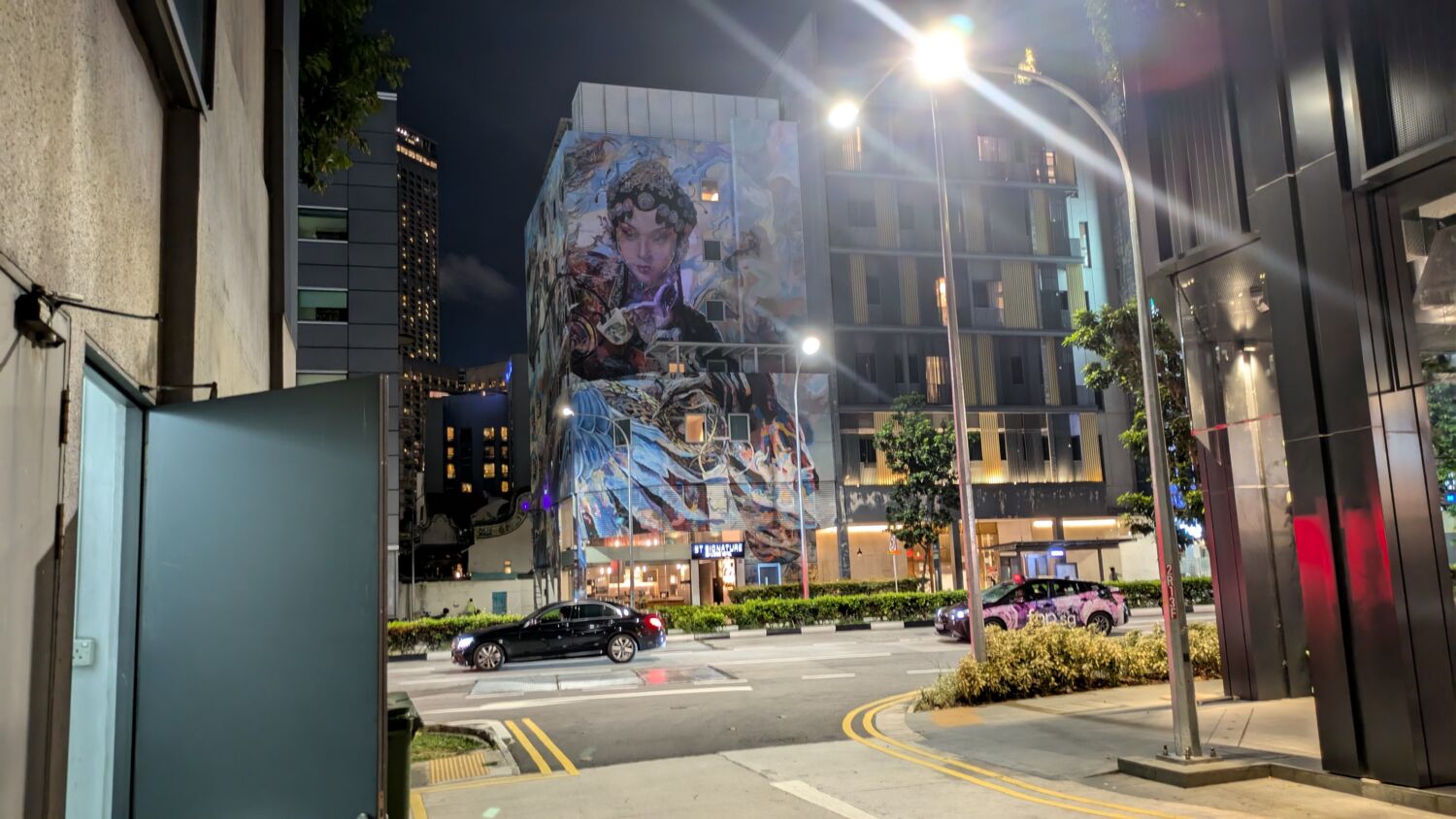
The post-editing process is where the Tensor G3 gets to flex its AI muscles including the new Circle to Search feature first seen on the Samsung Galaxy S24. Boasting the whole suite of tools on its flagship brethren, the device features the likes of Blur Background, Magic Eraser, and more, which are all nifty in a pinch. However, there will be times when flaws rear their ugly heads – the former, for instance, can spawn fuzzy and jagged edges around subjects, while the latter’s impressive ability to remove unwanted elements in the background (think the equivalent of the Content Aware on Adobe Photoshop) may not take effect with messier, more complex backdrops.
Beyond photography, Live Translate and Interpreter Mode are handy companions for overseas travel and communication, though both tend to lean too much into direct translation and awkward phrasing. Still, users should be able to grasp the gist of things and benefit from the real-world functionality in the same way it does with the Clear Calling feature, which reduces background noise and enhances the speaker’s voice for clearer phone calls.

Elsewhere, the battery capacity has been upped from 4,385 mAh. The Pixel 8a touts 24 hours of use on a 4,492 mAh battery – a lifespan that will vary depending on one’s mileage. For heavy users, a recharge at the end of a working day is likely needed, but most should get by the morning-to-night cycle with little issue.
Naturally, more demanding tasks like hour-long gaming sessions or say, on-the-go video editing are exempt to the norm, requiring at least two instances of charging. An 18W fast-charging speed puts it slower than the Pixel 8, but it’s hardly a dealbreaker, for Google’s latest handset is able to hit the 50 percent battery mark after 30 minutes and get the job done in a tight pinch.
It’s easy to recommend the Pixel 8a, all things considered. At S$799 for the base model (8GB RAM and 128GB storage), it presents the best bang for the buck with flagship-tier offerings and improvements over its predecessors. There are trade-offs, of course, that reinforce its mid-range categorisation; however, they don’t affect overall performance in a significant way, serving more as evolutionary tweaks than big, bold leaps.

As the gap between the top-line and A-series becomes smaller with each passing year, one can’t help but ask: will self-cannibalisation happen sooner than later? The value-for-money factor holds great appeal for the everyday consumer, after all, and that’s something the Pixel 8a can deliver in spades.
GEEK REVIEW SCORE
Summary
Don’t be fooled by the mid-range categorisation of the Google Pixel 8a, for it packs nearly the same oomph as its flagship sibling – AI capabilities, Tensor G3 power, photography prowess, and all – and transforms it into an attractive, more affordable bundle.
Overall
8.7/10-
Aesthetics - 9/10
9/10
-
Build Quality - 8.5/10
8.5/10
-
Performance - 8.5/10
8.5/10
-
Value - 9/10
9/10
-
Geek Satisfaction - 8.5/10
8.5/10


